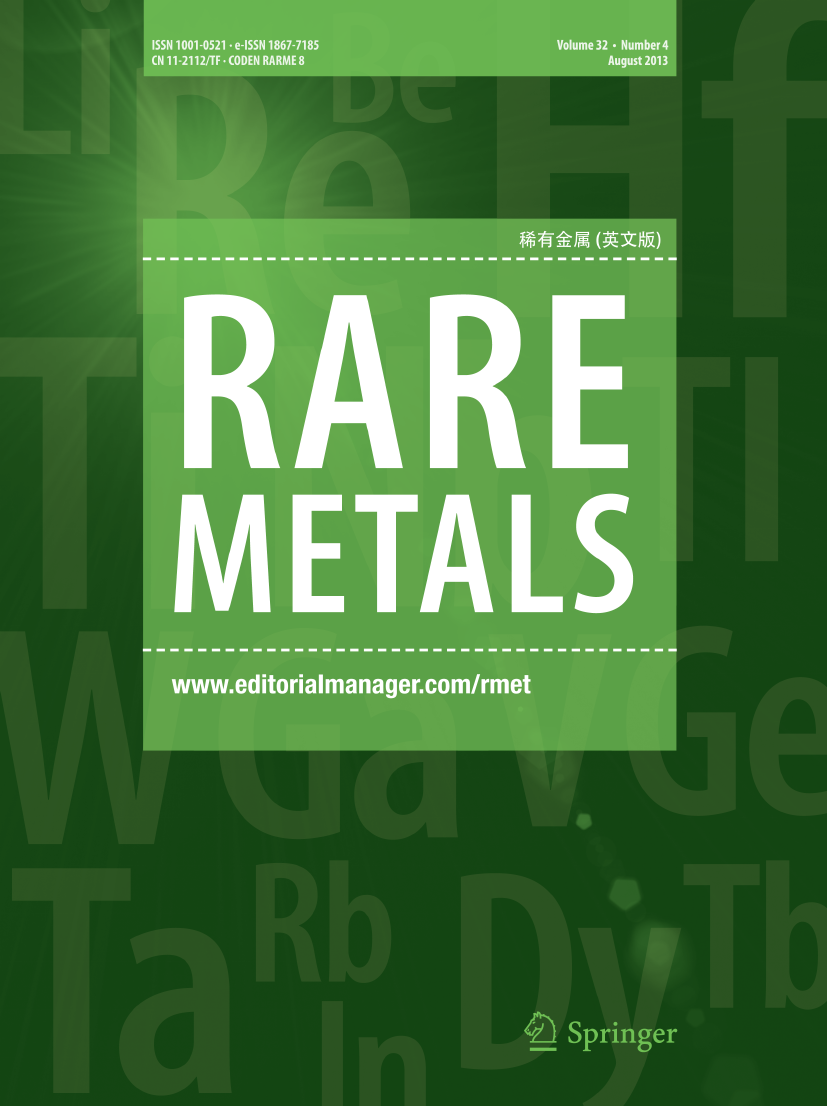Microstructure and properties of Cu-TiB2 composites prepared by mechanical stirring-assisted double-melt in-situ reaction
Abstract
A novel mechanical stirring-assisted double-melt in-situ reaction casting process was developed to prepare Cu-1TiB2 (wt%) composites. The effects of preparation parameters (melting reaction temperature, stirring rate and stirring time) on the microstructure and properties of Cu-1TiB2 composites were investigated. The melt viscosity and particle motion during stirring process were analyzed. The strong turbulence and shear effects generated by mechanical stirring in the melt not only significantly improve the particle distribution but also contribute to adequate in-situ reactions and precise control of the chemical composition. The optimal preparation parameters were 1200 °C, a stirring rate of 100 r·min−1 and a stirring time of 1 min. Combined with the cold rolling process, the tensile strength, elongation and electrical conductivity of the composite reached 475 MPa, 6.0% and 88.4% IACS, respectively, which were significantly better than the composite prepared by manual stirring. The good plasticity is attributed to the uniform distribution of TiB2 particles, effectively retarding the crack propagation. The dispersion of particles promotes heterogeneous nucleation of Cu matrix and inhibits grain growth. On the other hand, dispersed particles contribute to grain shear fracture and dislocation multiplication during cold deformation. Therefore, the composite achieves higher dislocation strengthening and grain boundary strengthening.
Graphical abstract

 求助内容:
求助内容: 应助结果提醒方式:
应助结果提醒方式:


